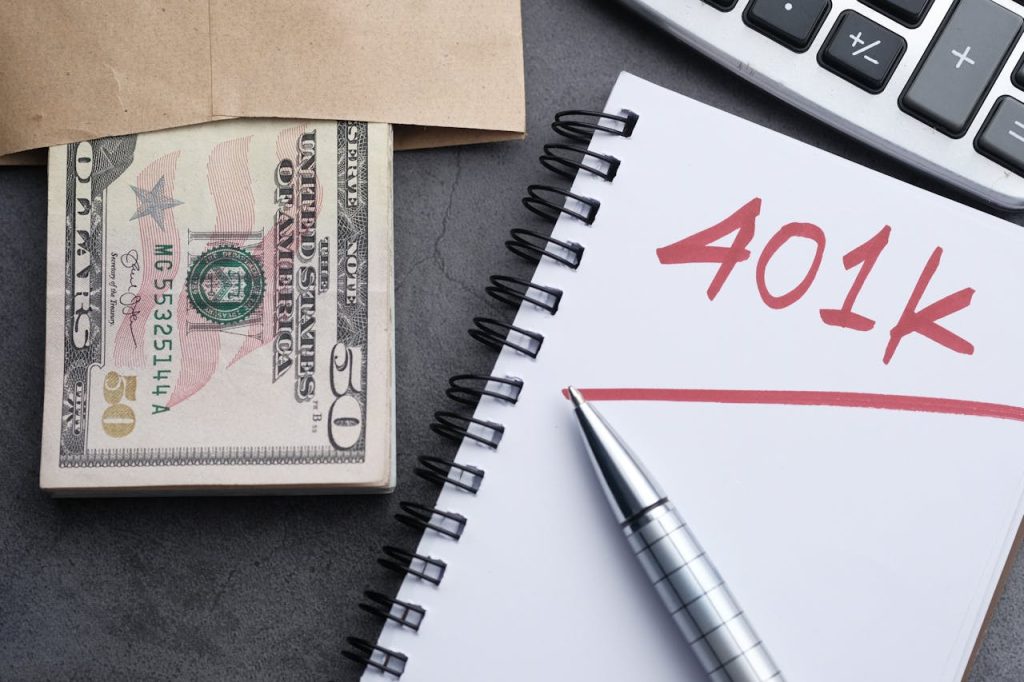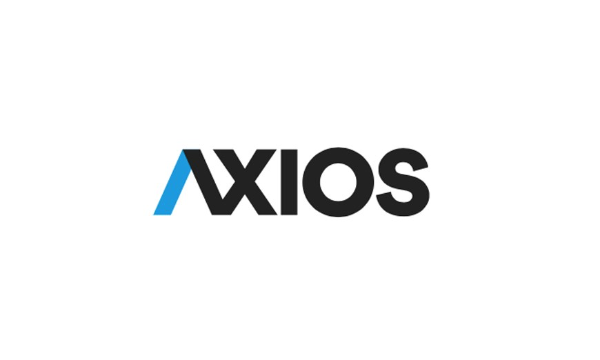
Losing your job is never easy, and the uncertainty can feel overwhelming, especially when it comes to your finances. One of the biggest questions people face after a layoff is what to do with their 401(k). Should you cash it out, roll it over, or just leave it alone? Making the right decision with your 401(k) can have a huge impact on your long-term financial health. If you’re feeling lost or anxious about your next steps, you’re not alone. This guide will walk you through your options in a clear, friendly way, so you can make the best choice for your future.
1. Don’t Panic—Take a Breath Before Making Any Moves
The first thing to remember after a layoff is not to make any hasty decisions with your 401(k). It’s tempting to act quickly, especially if you’re worried about paying bills or finding your next job. But your 401(k) is a crucial part of your retirement savings, and rash moves can lead to unnecessary taxes and penalties. Take some time to assess your overall financial situation. Review your emergency fund, unemployment benefits, and any severance package you might receive. This breathing room will help you make a thoughtful decision about your 401(k) instead of one driven by stress.
2. Understand Your 401(k) Options After a Layoff
When you leave your job, you generally have four main options for your 401(k): leave it with your former employer, roll it over to a new employer’s plan, roll it into an IRA, or cash it out. Each choice has its pros and cons. Leaving your 401(k) with your old employer can be convenient, but you may have limited investment options or higher fees. Rolling it over to a new employer’s plan can simplify your finances if you find a new job quickly. Moving your 401(k) into an IRA often gives you more control and investment choices. Cashing out should be a last resort, as it usually comes with taxes and a 10% early withdrawal penalty if you’re under 59½.
3. Avoid Cashing Out Unless Absolutely Necessary
It might be tempting to cash out your 401(k) to cover immediate expenses, but this move can seriously hurt your retirement savings. Not only will you owe income taxes on the amount you withdraw, but if you’re under 59½, you’ll also face a 10% early withdrawal penalty. That means you could lose a significant chunk of your hard-earned money right off the bat. Plus, you’ll miss out on the future growth that comes from keeping your money invested. If you’re in a tough spot, look for other sources of funds first—like unemployment benefits, a side gig, or even a personal loan—before tapping into your 401(k).
4. Consider Rolling Over to an IRA for More Flexibility
Rolling your 401(k) into an Individual Retirement Account (IRA) can be a smart move if you want more control over your investments. IRAs typically offer a wider range of investment options and may have lower fees than employer-sponsored plans. The rollover process is usually straightforward, and as long as you do a direct rollover, you won’t owe taxes or penalties. This option also makes it easier to manage your retirement savings in one place, especially if you’ve had multiple jobs over the years. For step-by-step instructions, check out the IRS’s rollover chart.
5. Check for Outstanding 401(k) Loans
A layoff can complicate things if you took out a loan from your 401(k) while you were still employed. Most plans require you to repay the outstanding balance within a short window—often 60 to 90 days—after leaving your job. If you can’t repay the loan in time, the remaining balance is treated as a distribution, which means you’ll owe taxes and possibly a penalty. Review your plan’s rules and contact your former employer’s HR department to clarify your repayment options. If you’re unable to pay it back, factor the tax implications into your financial planning.
6. Keep Your Beneficiaries Up to Date
A job change is a great time to review and update your 401(k) beneficiaries. Life changes like marriage, divorce, or the birth of a child can affect who you want to inherit your retirement savings. Make sure your beneficiary designations reflect your current wishes, as these override your will. Keeping this information current ensures your money goes where you want it to, no matter what the future holds.
7. Stay on Top of Fees and Investment Choices
If you decide to leave your 401(k) with your former employer, don’t just set it and forget it. Take a close look at the fees you’re paying and the investment options available. Some plans charge higher administrative fees or offer limited investment choices, which can eat into your returns over time. Compare these with what you’d pay in an IRA or a new employer’s plan. Even small differences in fees can add up to thousands of dollars over the years, so it’s worth doing your homework.
Your 401(k) Is Still Working for You—Even After a Layoff
Getting laid off is tough, but your 401(k) doesn’t have to be another source of stress. Understanding your options and making informed choices can keep your retirement savings on track. Remember, your 401(k) is designed to help you build a secure future, and the decisions you make now can have a big impact down the road. Take your time, seek advice if you need it, and focus on what’s best for your long-term financial health.
What did you do with your 401(k) after a layoff? Share your story or tips in the comments below!
Read More
How to Split an IRA or 401k in a Divorce
The post Here’s What You Should Do With Your 401(k) if You Get Laid Off appeared first on The Free Financial Advisor.







